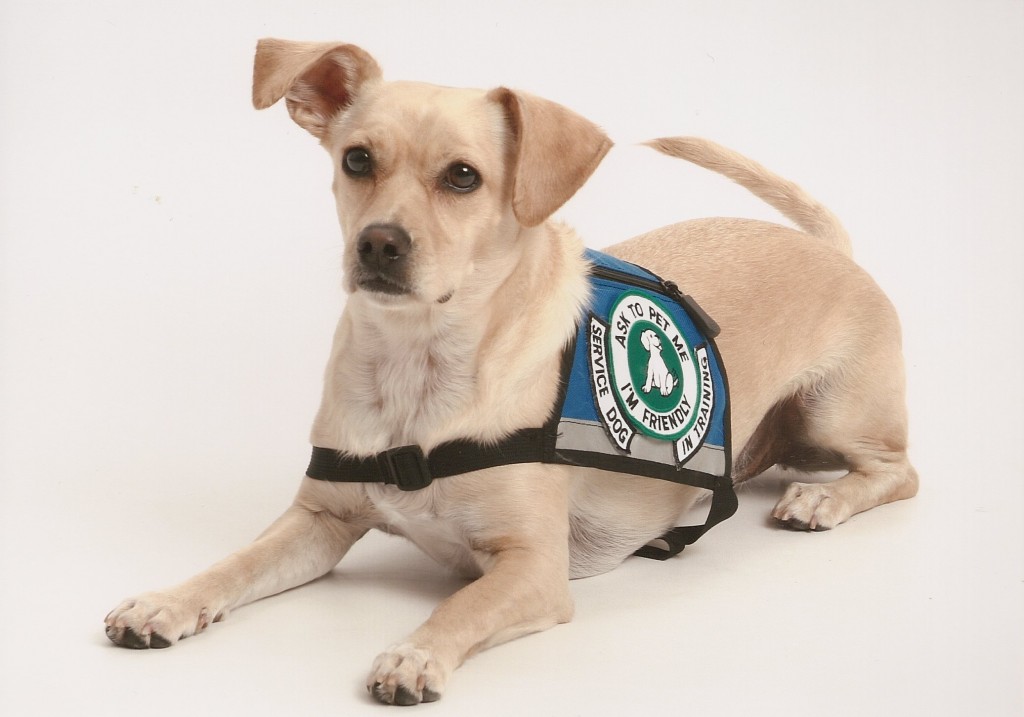 There are two types of dogs for emotional support purposes, one is referred to as service dogs while the other type is known as emotional support dogs. Though some might get confused as both these dogs serve people, but there are lot of differences between the two.
There are two types of dogs for emotional support purposes, one is referred to as service dogs while the other type is known as emotional support dogs. Though some might get confused as both these dogs serve people, but there are lot of differences between the two.
Understanding the difference between service dogs and emotional support animals
Both the dogs refer to service or a purpose, but nowhere can these both terms be used interchangeably. Each type of term also has separate laws which need to be adhered to.
Service dogs are those who are give specific training so that they are able to help a person in his physical disability. These dogs help the handler lead an independent life and help them lead their life safely. These dogs are included in the ADA or Americans with Disabilities Act so that these animals can accompany their handlers to public places or any place that has ‘no pet’ policy. Service dogs are more like assistants who help their handlers. The emotional support dog can also be trained to do various tasks including switching on light if the handler shows darkness phobia, or the dog can also be given training to cover the handler in case if he is in a crowded room and he has a phobia of crowd.
Emotional support dogs do not receive any type of training and they are there only to lend emotional support. Emotional Support Animals are more like companions who are there to make the person feel that there is someone with them. ESAs give comfort to the owner and have the capacity to calm down a person, just by being with the owner. They do not do any specific tasks. That is if the person has a sudden breakdown, the dog may not be able to perform any task other than just being close with him or her. The ADA does not give a leeway to emotional support animals in terms of public spaces. But there are many laws that help users of emotional support dogs. For example, as per law, owners are allowed to keep the emotional support dog in residential buildings even if they have ‘no pet’ policy. Also, the Air Carrier Access Act also allows emotional support dogs to travel with their owner or handler.
To get emotional support dog, people can get a certificate that recommends the need of ESA for the person. In case of service dog, this is not possible.
ESAs may not be able to gain entry to a public place whereas service dogs can. The owners of service dogs do not have to carry any papers to the effect anywhere, as long as they can answer why the dog is there and what task is it performing to help the owner.
To conclude, both service dogs and emotional support animals are there to perform different tasks and the guidelines for them are also totally different but at the end of the day, they both are there to help.
